“I’m inspired by ways that digital resources can enhance educational experiences for young children. Storytelling through photography, audio and video supports can be a powerful resource for young children. Early appropriate access to digital, including interactive tools, is so important! It’s beautiful to understand that the best way to use technology in preschool is through valuable shared experiences with a teacher, family member or mentor!”
Like many of us, Heather also has a soft spot for the man behind “Mr. Rogers.” She recommends the work of the Fred Roger Center for Early Learning and Children’s Media, noting that “Fred Rogers continues to be a beacon for ways to integrate technology through relationship.”
Mariana Garcia Serrato
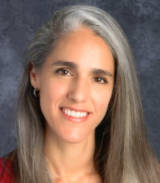 Mariana Garcia Serrato is a middle school STEM teacher in San Jose, California, who’s committed to supporting her students in developing media analysis skills.
Mariana Garcia Serrato is a middle school STEM teacher in San Jose, California, who’s committed to supporting her students in developing media analysis skills.
“I love helping students think critically about the media they are exposed to every day. When my students are able to interpret media and how it affects them, they’re better able to make their own decisions about the media messages they receive.”
Media-making is another passion of Mariana’s.
“I love how making media myself and helping students make media opens the door to creative endeavors. Gone are the days when we had to rely on others making the ‘perfect’ media I needed to teach a specific topic for my class. Now I can make it myself or have students make it for me!”
Dr. Aspen Mock
 Dr. Aspen Mock, who teaches high school composition and literature in Sidman, Pennsylvania, has a unique perspective on media literacy.
Dr. Aspen Mock, who teaches high school composition and literature in Sidman, Pennsylvania, has a unique perspective on media literacy.
“Media literacy is the study of lived contemporary moments; from moment to moment you’re required to think critically and derive meaning-making from cultural artifacts in real-time.”
Aspen connects youth voice to civic engagement when she writes:
“Creativity is fostered through students making media artifacts as cultural contributions that reflect their own thoughts and provide them with the opportunity to shape their voices as mindful and literate citizens.”
This Pennsylvania educator also has a favorite tool: KQED Learn. She values the way it “connects students with a national community of learners, and students are able to grapple with in-depth topics by writing claims and responses, as well as creating media with the Make & Share option.”
Stacey Cler
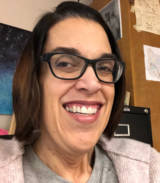 Stacey Cler, a high school literature teacher in Cupertino, California, shares her views on why she believes student media-making is so important:
Stacey Cler, a high school literature teacher in Cupertino, California, shares her views on why she believes student media-making is so important:
“Through the creation of media, students are able to express what’s important to them in society today while connecting with content being taught in the classroom. In addition, the creation of media through the teaching of digital literacy allows for building stronger connections between students, which contributes to an overall more cohesive, positive and communal classroom environment.”
Stacey, a forward-thinker, is excited about using digital portfolios to capture the learning process of her students.
“Last year I created an assignment on podcasting as a bridge for narrative writing and asked my students to create a digital portfolio using Google sites to illustrate the creative process of not only making the podcast but also creating the personal narrative. As an educator, I felt that all-too-often I was focused on the end product, but the incorporation of a digital portfolio into the assignment allowed both myself and my students to be reflective about the steps it to to create the end product.”
Gail Desler
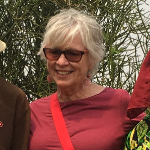 Gail Desler, a technology integration specialist in Elk Grove, California, notes that “media literacy” is a constantly changing topic that teachers need to stay on top of.
Gail Desler, a technology integration specialist in Elk Grove, California, notes that “media literacy” is a constantly changing topic that teachers need to stay on top of.
“Media literacy is the fastest changing subject in a teacher’s digital citizenship toolkit, which is both exciting and challenging. Providing students with multiple opportunities to create their own media builds an awareness of how easy it is to spread misinformation and why they need to become active fact checkers. As content creators, students also come to recognize the power and impact of using media to promote kindness, social justice and a positive school climate.”
Gail is also very concerned about online privacy for her students. This is why she recommends Common Sense’s privacy resources, which help parents and teachers make smarter choices about websites and online tools they use with their young people.
Jennifer Swift-Kramer
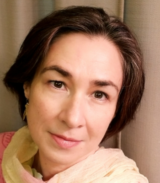 Jennifer Swift-Kramer, a women’s and gender studies professor at William Paterson University, focuses on digital citizenship and critical media analysis with her students.
Jennifer Swift-Kramer, a women’s and gender studies professor at William Paterson University, focuses on digital citizenship and critical media analysis with her students.
“I want to prepare them for the 2020 American election — whether they plan to vote or not and regardless of their political leanings — by showing how their media feeds can be manipulated. I encourage them to become aware of their blind spots by showing them mine.”
We hope these seven media literacy educators inspire you as much as they do us!
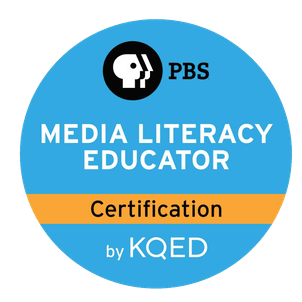
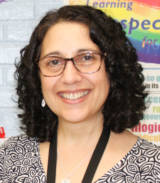 Johanna Mustacchi, a media and communications teacher at Pierre Van Cortlandt Middle School in Croton-on-Hudson, New York, emphasizes the importance of preparing her students to be media analysts and makers.
Johanna Mustacchi, a media and communications teacher at Pierre Van Cortlandt Middle School in Croton-on-Hudson, New York, emphasizes the importance of preparing her students to be media analysts and makers.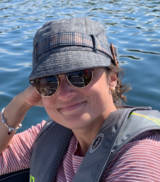 Heather Duhamel is our newest certified PBS Media Literacy Educator. A homeschool teacher and educational consultant for Vermont PBS, Heather focuses on early childhood as a particularly important age.
Heather Duhamel is our newest certified PBS Media Literacy Educator. A homeschool teacher and educational consultant for Vermont PBS, Heather focuses on early childhood as a particularly important age.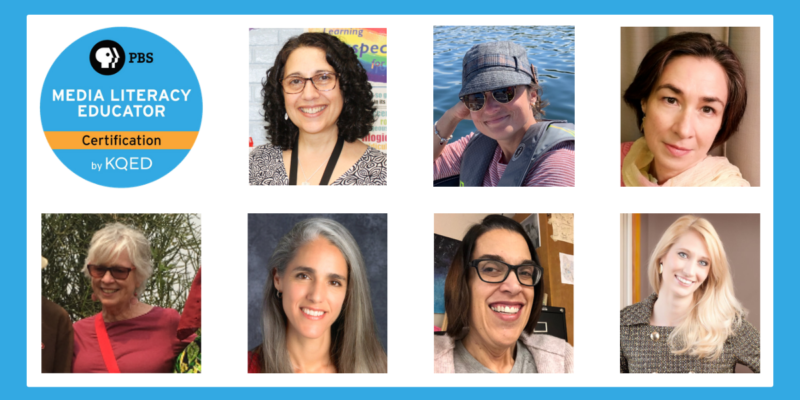




 Jennifer Swift-Kramer
Jennifer Swift-Kramer